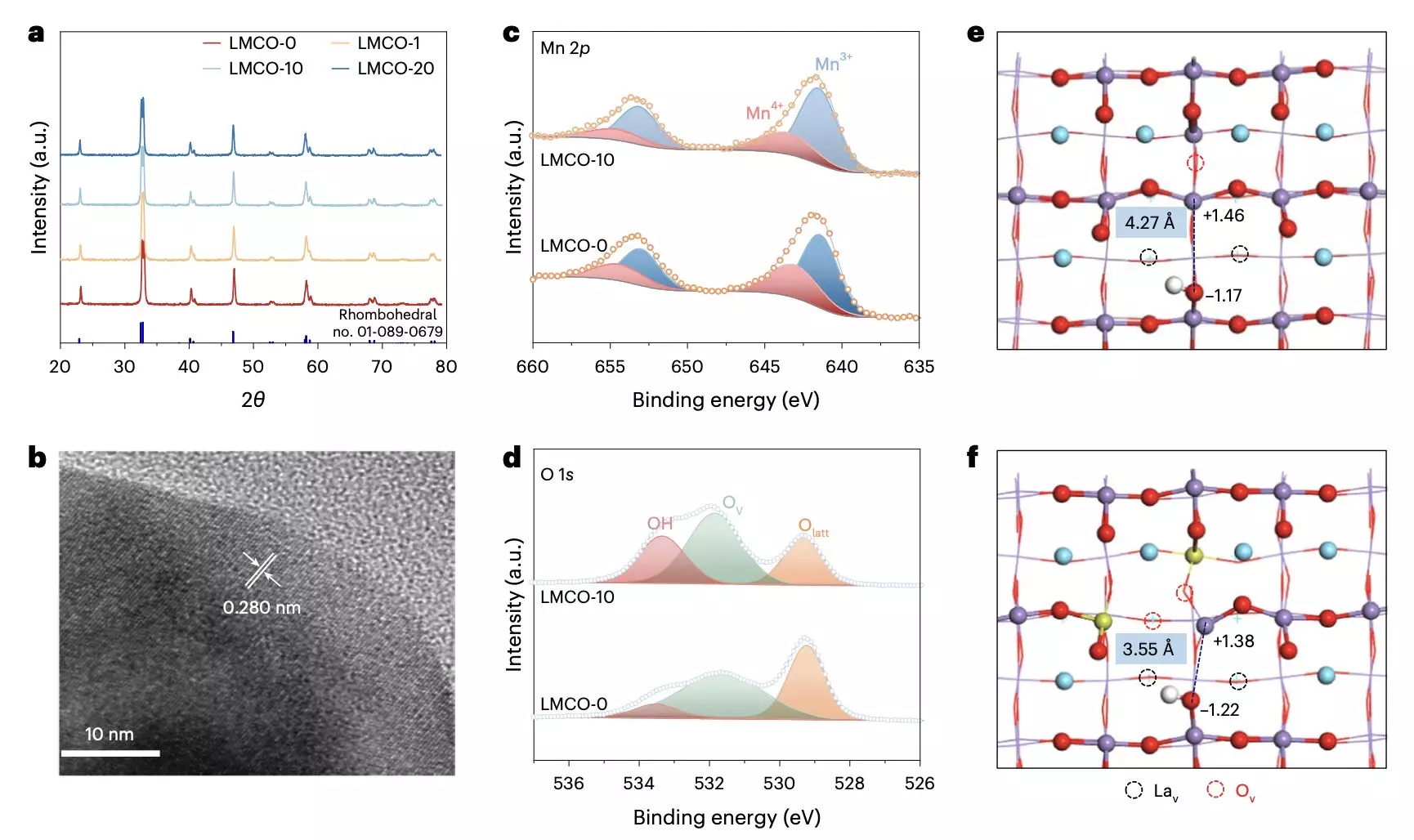Ethylene, a highly flammable compound essential for various industries, has seen a rising demand in recent years. Traditional methods of ethylene production, such as steam cracking of ethane, are not only energy-intensive but also contribute significantly to carbon emissions. Researchers have been exploring alternative methods to produce ethylene sustainably, one of which involves the use of a new perovskite oxide photocatalyst, LaMn1−xCuxO3, for the solar-powered dehydrogenation of ethane.
The recent study conducted by researchers at Soochow University and the University of Toronto introduced a groundbreaking approach to ethylene production. By utilizing the perovskite oxide LaMn1−xCuxO3 as a photocatalyst, the team was able to efficiently convert ethane into ethylene and hydrogen under ambient conditions with the use of solar or LED light. This innovative method eliminates the need for external heat sources, resulting in lower carbon emissions and higher sustainability.
Technical Breakthrough
The key to the success of this method lies in the unique properties of the LaMn1−xCuxO3 perovskite oxide. The researchers discovered that the surface-frustrated Lewis pairs on the photocatalyst, including Mn(III), Mn(IV), O(-II), and OH(-I) sites, play a crucial role in optimizing the activity, selectivity, and yield of ethane dehydrogenation. By tuning the relative proportions of these sites, the team was able to achieve impressive ethylene production rates without compromising efficiency.
Experimental Results
Through extensive experiments and economic analyses, the researchers demonstrated the feasibility and economic potential of their solar-powered ethylene production approach. The rooftop prototype device used in the study showcased remarkable ethylene production rates, with ethane conversion reaching up to 4.9%. The techno-economic analysis further underscored the economic viability of scaling up this process for industrial ethylene production.
While the current findings are promising, further research is needed to optimize the design of the photocatalyst and photoreactor for maximum efficiency. The researchers plan to delve deeper into the performance of the LaMn1−xCuxO3 perovskite oxide, focusing on enhancing catalytic reactions and improving light capture and transport rates. By fine-tuning these variables, the team aims to drive the development of a sustainable and cost-effective method for large-scale ethylene production.
The innovative use of solar-powered photocatalysis for ethylene production represents a significant step towards sustainability in the chemical industry. The new perovskite oxide-based approach not only reduces carbon emissions but also offers economic benefits for industrial applications. As researchers continue to refine and optimize this method, the future of ethylene production appears brighter than ever before.



Leave a Reply